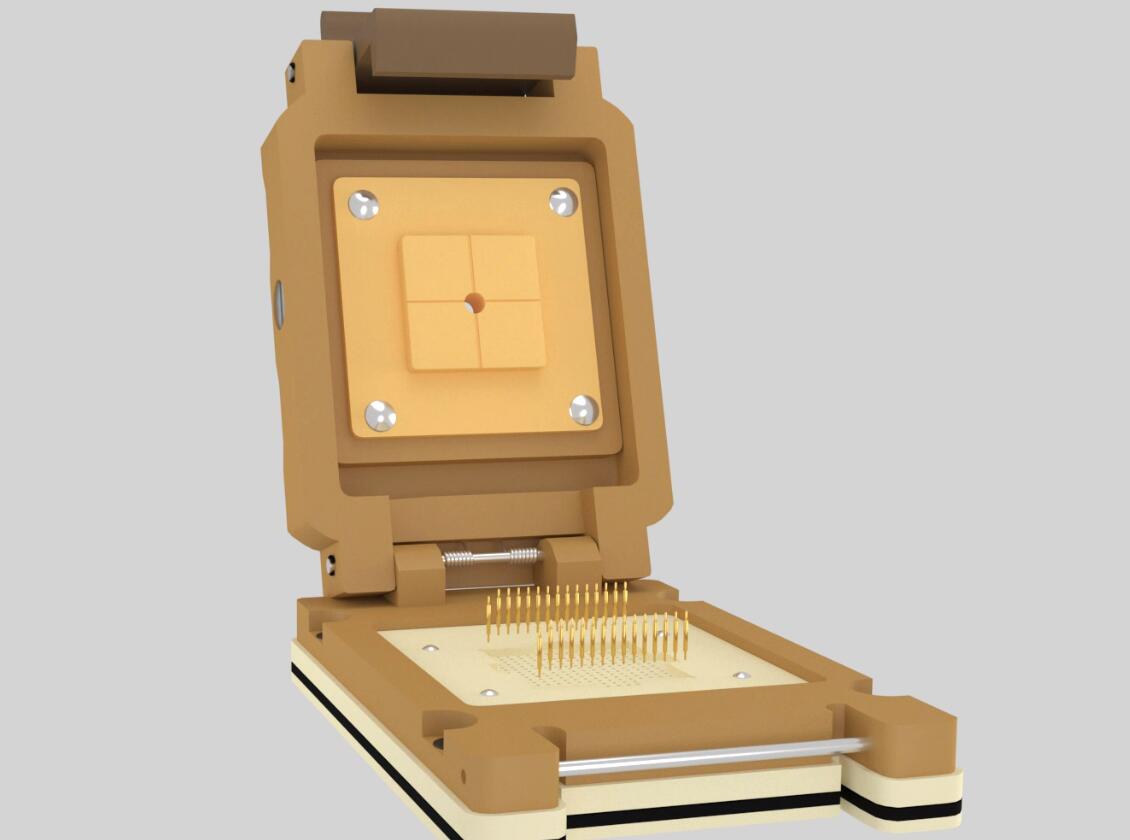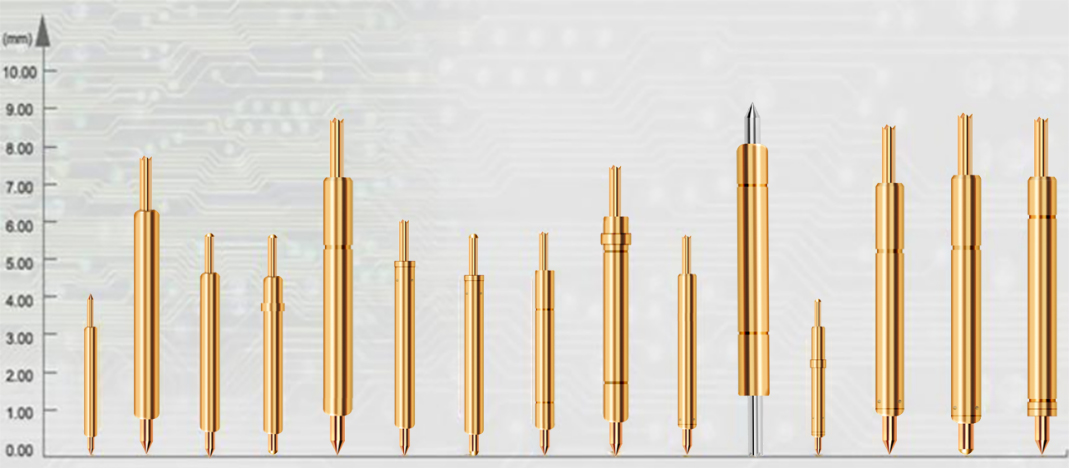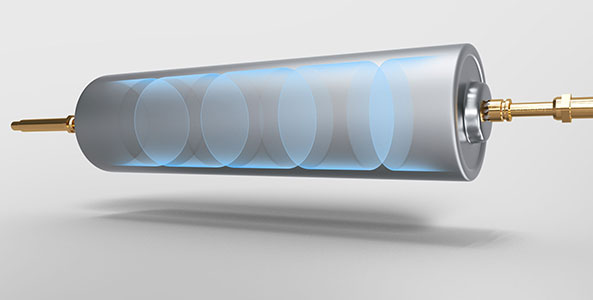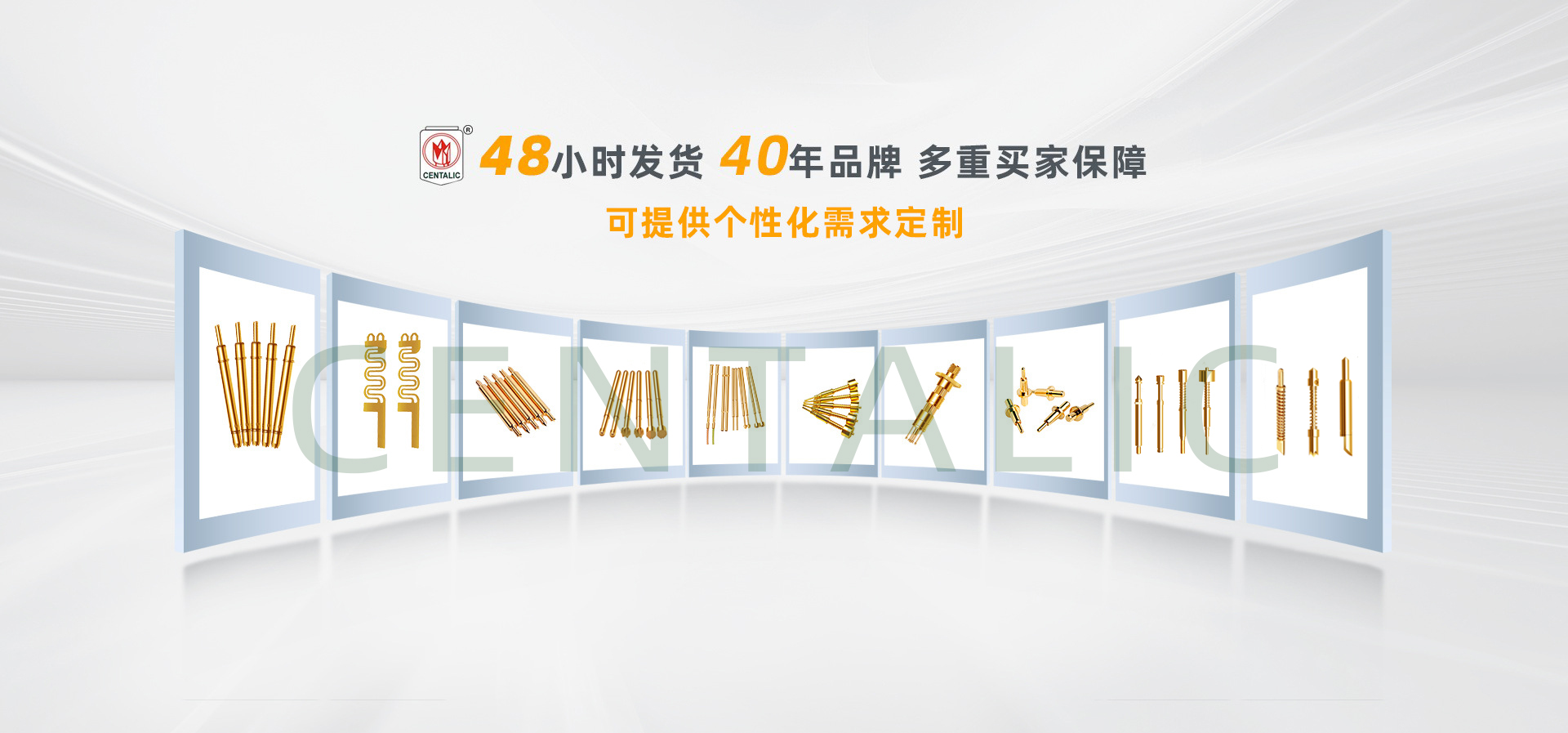
Time:2025-06-20Reading:1067Second


Radio frequency probe is a measuring device used in electronic testing equipment to measure radio frequency (RF) signals of electronic circuits in silicon wafers, dies, and open microchips. In addition, RF probes are also used for narrow pitch or high-density RF interconnect applications in connector components.
RF probe developed in1980Prior to this, due to the lack of a convenient method for testing single-chip microwave integrated circuit (MMIC) devices without the need for installation or bonding, the testing process often resulted in damage to circuit integrity, causing system interference or reducing power load.
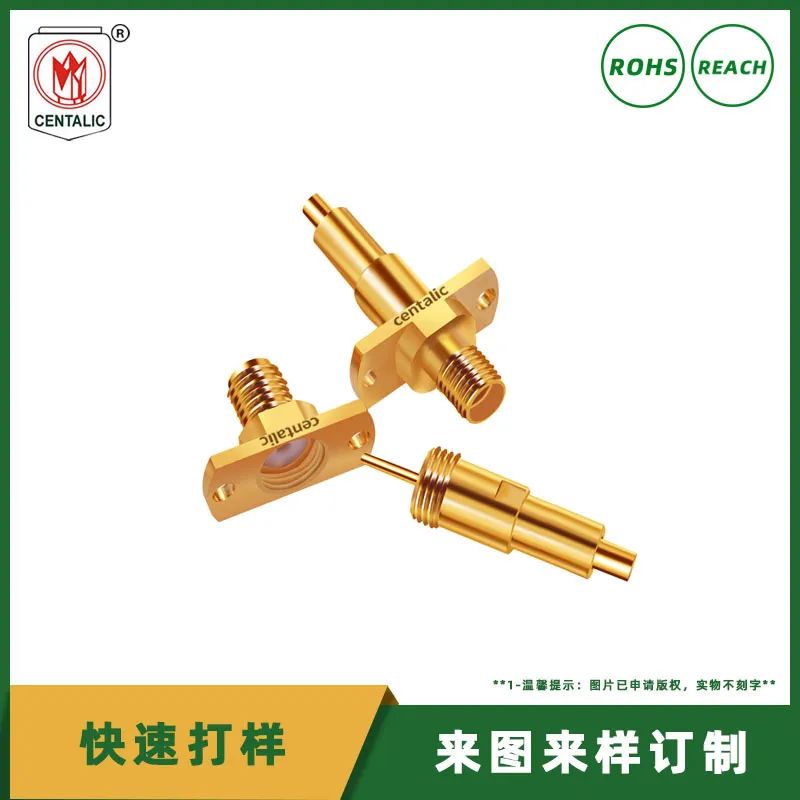

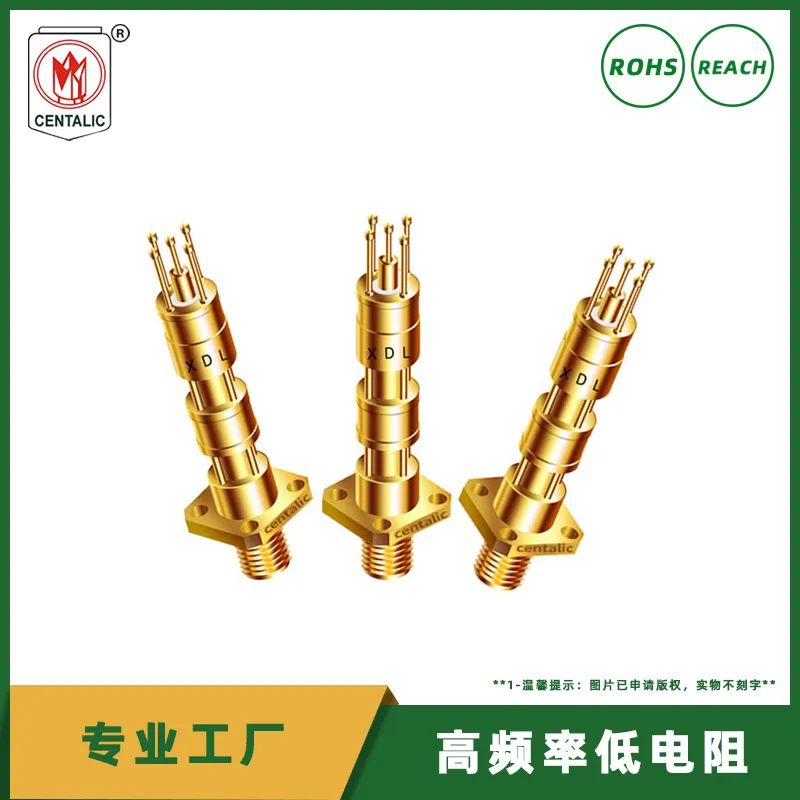
first generationThe RF probe adopts coplanar ceramic feeding, covering18 GHzWithin the frequency band. With the development of RF probe technology, RF probes with spring loaded inner and outer conductors are used in modern communication electronic devices.
nowadaysRF probes are still essential tools for testing RF switches, printed circuit board RF traces, terminal devices, and other RF components.


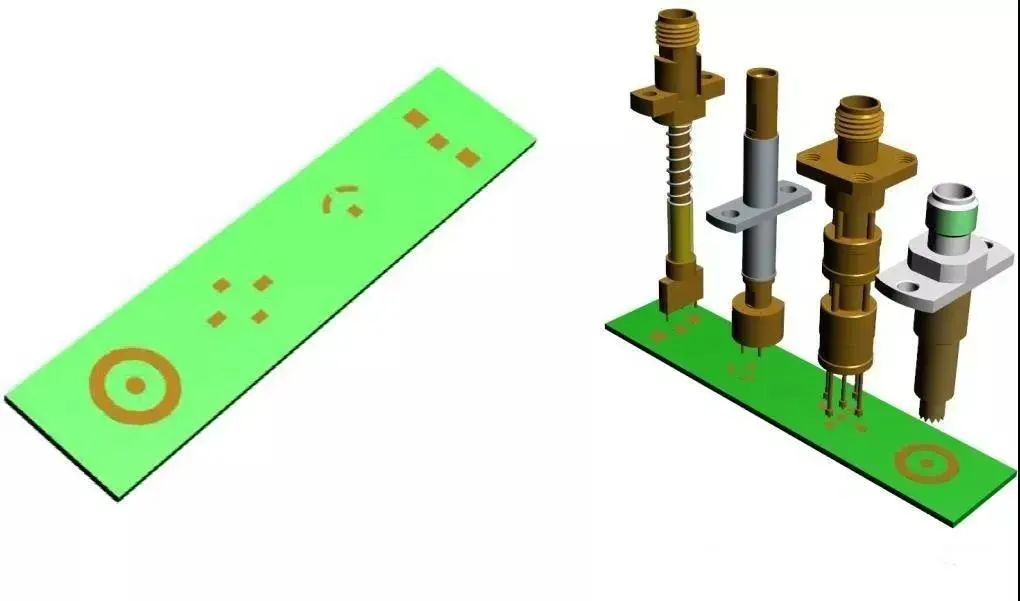
Generic TestPCBTest points with different spacing are paired and used on the automated robotic arm inside the chassis.
Peel off the core wires of a pair of rigid cables and install them inside the same fixture. Bend the cables at the contact ends to a fixed spacing and manually test them.
Used for testing in the semiconductor industry, optoelectronic industry, integrated circuits, and packaging, with high precision and testing frequency.
A pogo pin is a structure composed of three basic components: a needle shaft, a spring, and a needle tube. The probe as a whole has a certain stroke and elasticity.


The RF test probe contacts the circuit under test through its probe head, guiding the RF signal in the circuit to the measuring device. The design of probes needs to consider high-frequency signal transmission characteristics, including impedance matching and signal integrity, to ensure measurement accuracy.
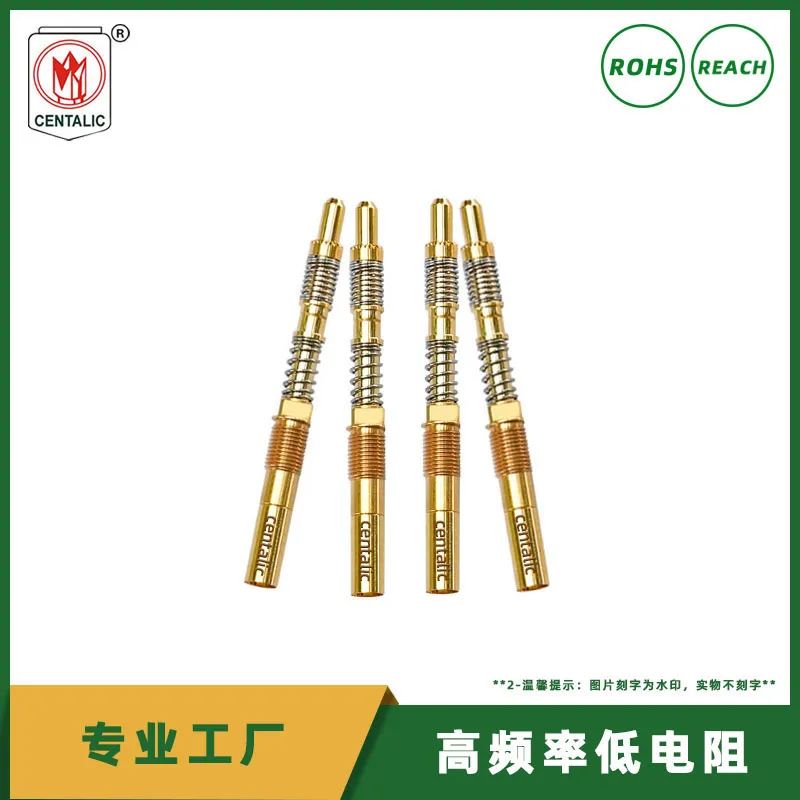
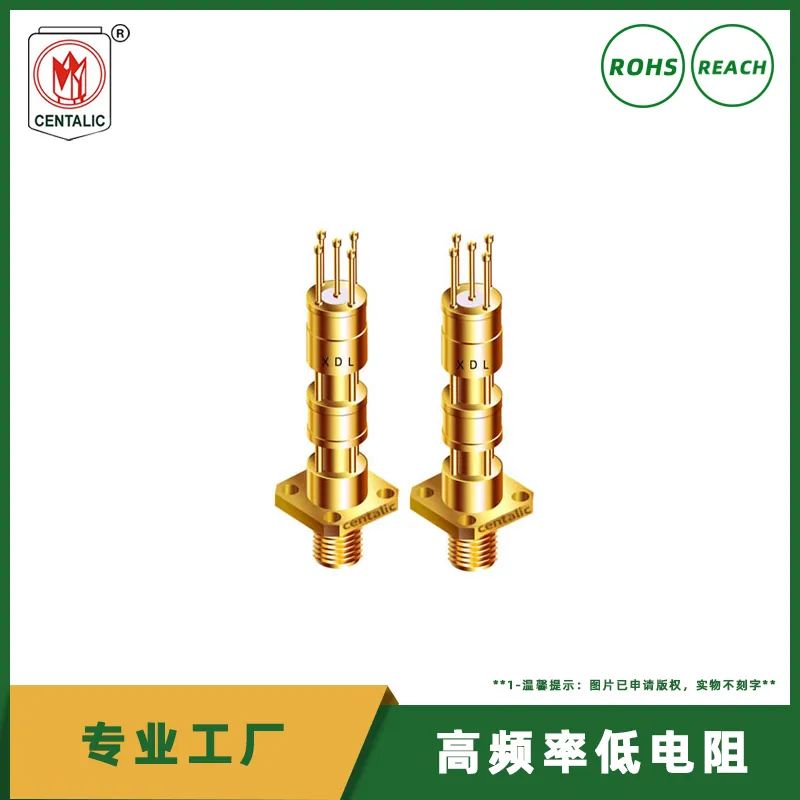
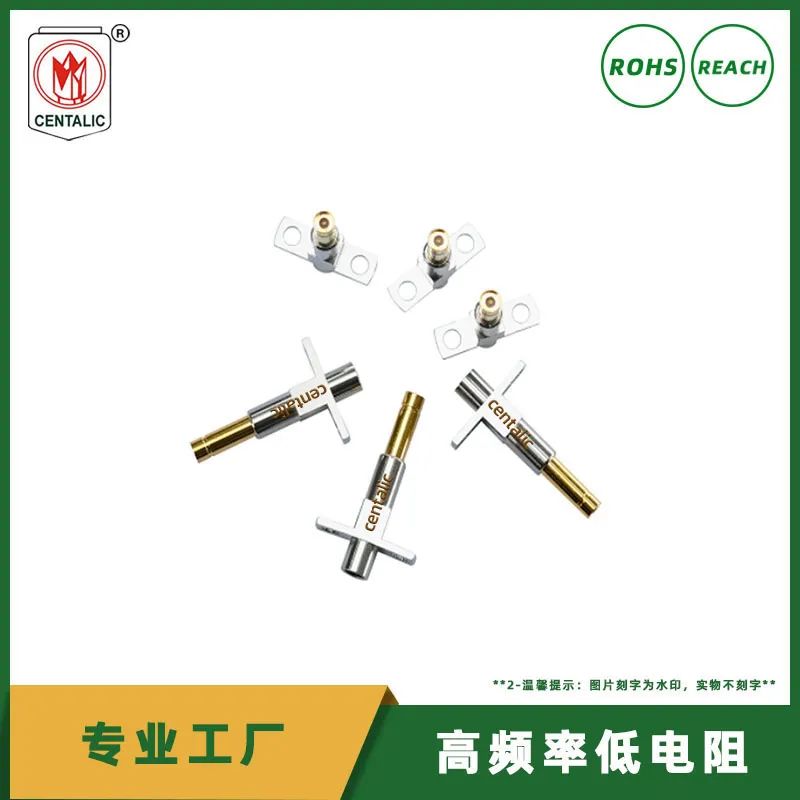
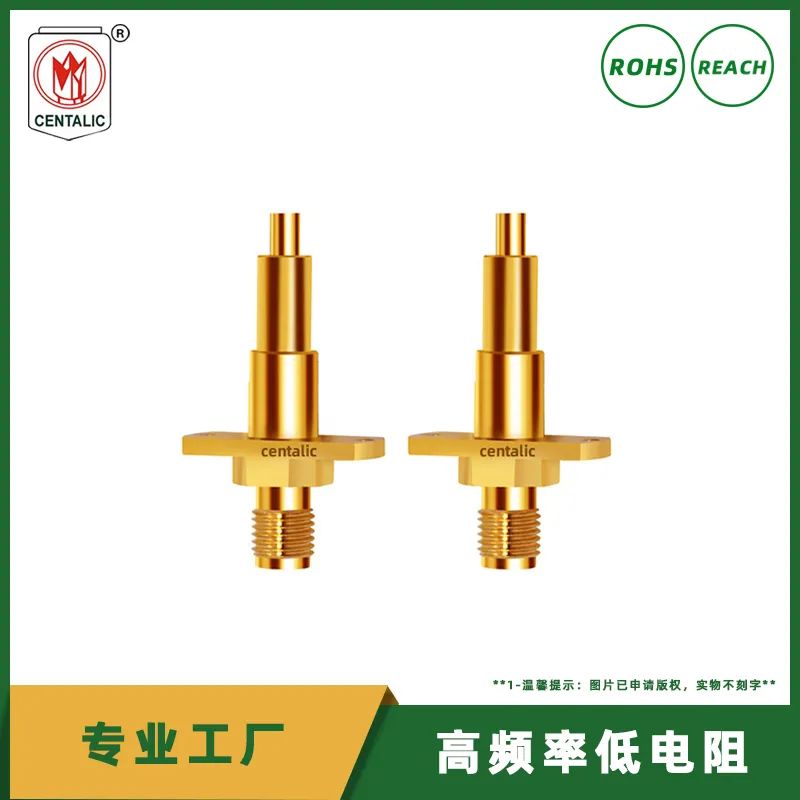


RF needles are mainly used for signal insertion, detection, and measurement output of high-frequency RF, RF, and microwave modules, as well as electrical performance analysis of high-frequency circuit boards.
Having the characteristics of relatively concentrated signals that can pass through and low loss, there are very high requirements for the impedance and loss of RF probes in the testing of high-speed digital circuit boards and microwave chips.
The design structure of RF probes is complex, with multiple components and high added value, and they are mostly customized.
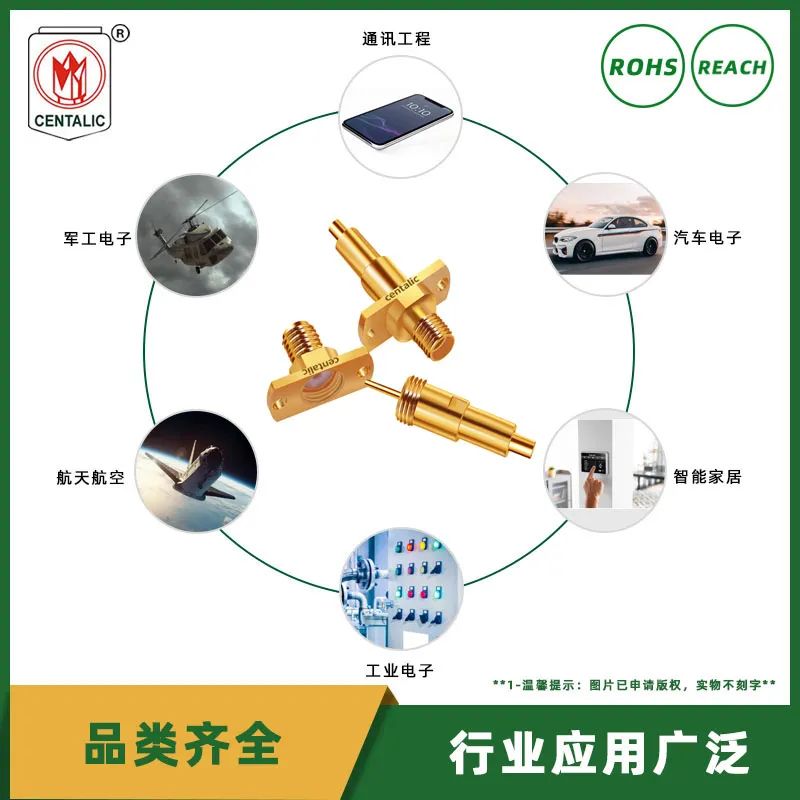


Due to the highly sensitive and usually delicate nature and composition of the device under test, measuring RF circuits is often a challenging task.
The two most troublesome issues in high reliability RF measurement are:
When the frequency is too high, the current testing equipment cannot measure RF energy.
When the circuit under test is sensitive to small changes in the electrical environment, it is required that the frequency or amplitude should not be disturbed during the measurement.
These problems can be solved by using measurement probes with minimal energy disturbance to the circuit under test, where the amplifier in the high impedance probe can balance the disturbed energy of the circuit under test.
➤ Impedance matching with the test RF
In RF circuit system testing, impedance matching between probes and testing equipment is crucial for achieving effective power transmission. However, as the testing frequency increases and the requirements for testing errors become more stringent, the impedance matching mentioned above becomes increasingly difficult.
➤ Contact test points, frequency or data rate, available probe space, and environmental conditions
In the field of RF testing, RF testing probes are divided into various types, and how to choose the appropriate probe depends on considerations such as the contact testing point, frequency or data rate, available probe space, and environmental conditions. In the future, RF probes will need to have the design capability to test smaller pads and multiple channels, as well as the ability to simultaneously cover multiple millimeter wave, RF, logic, and power channel measurement ranges.
